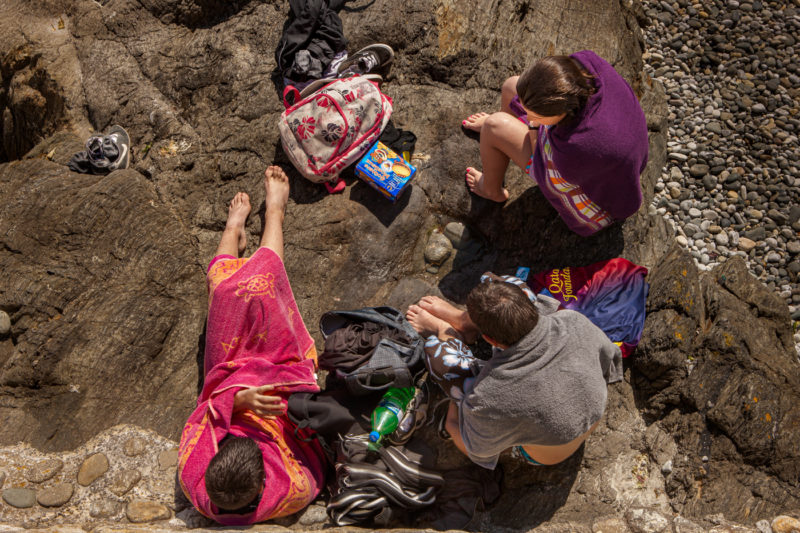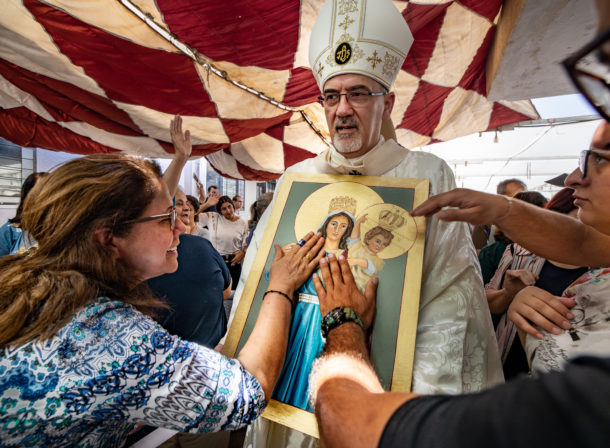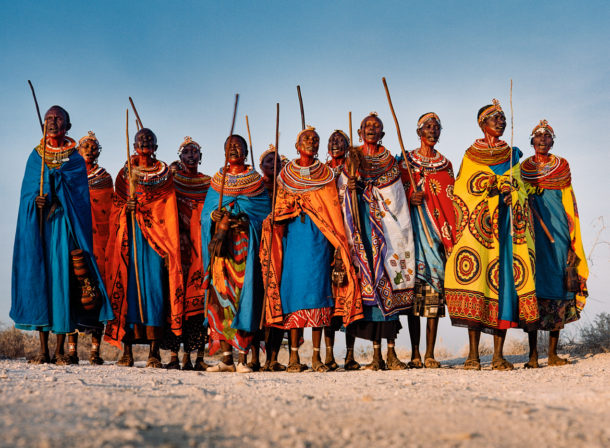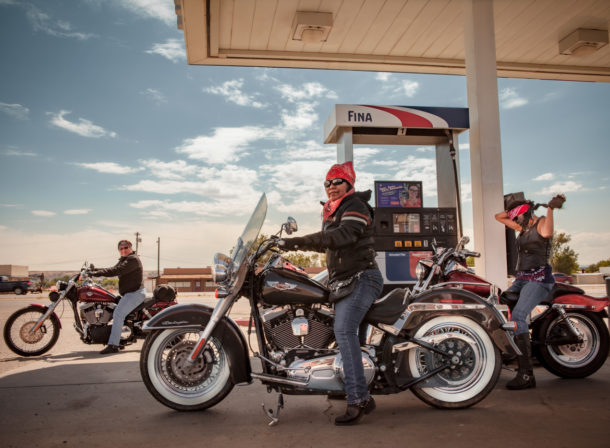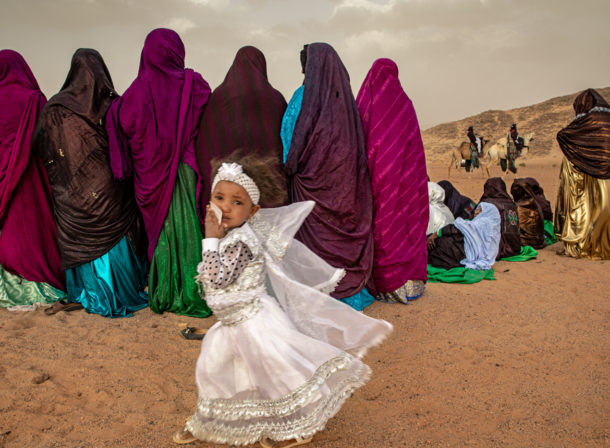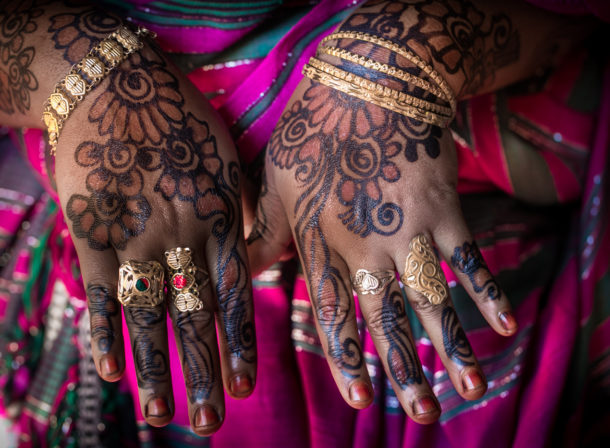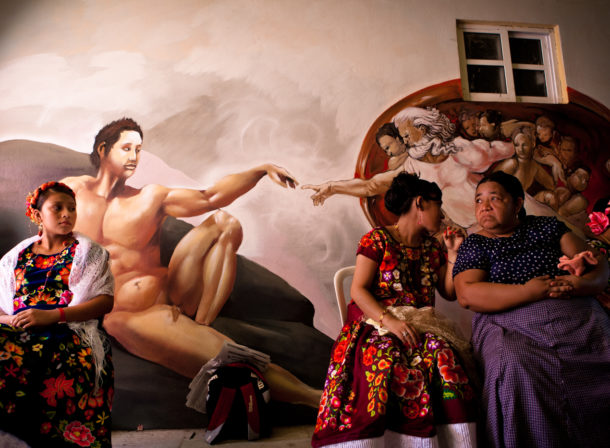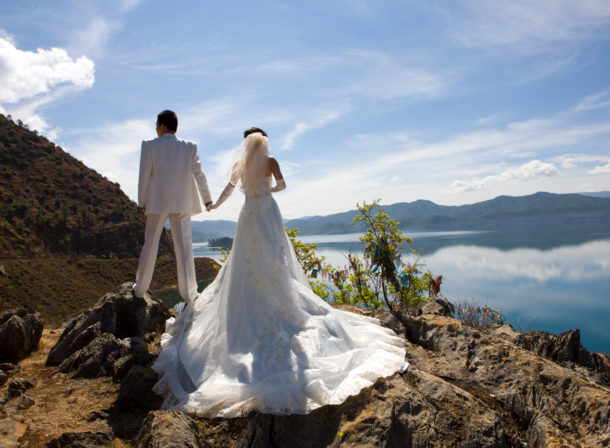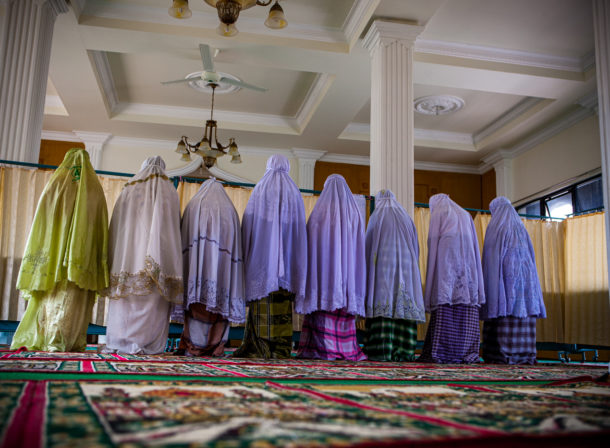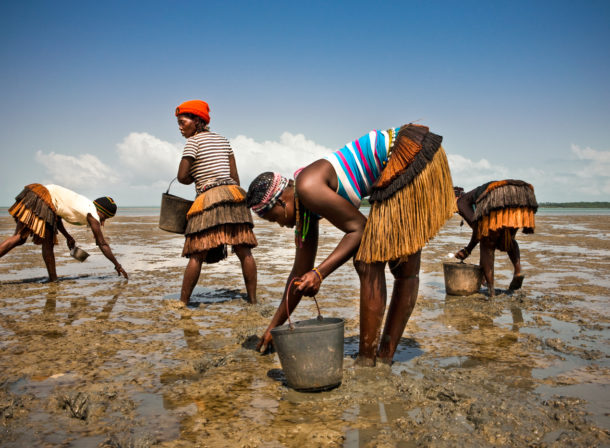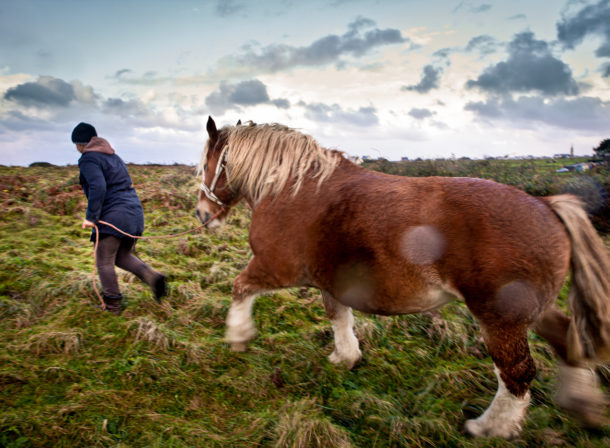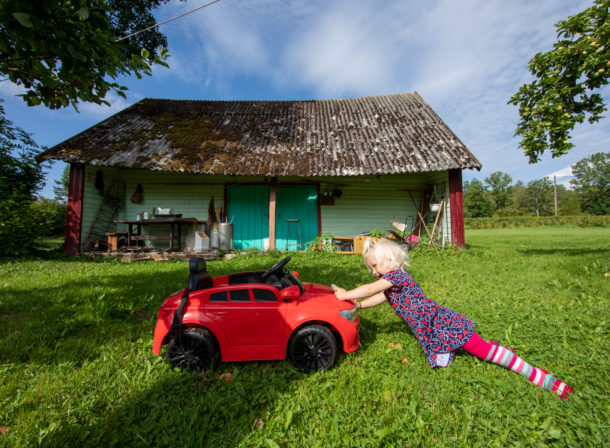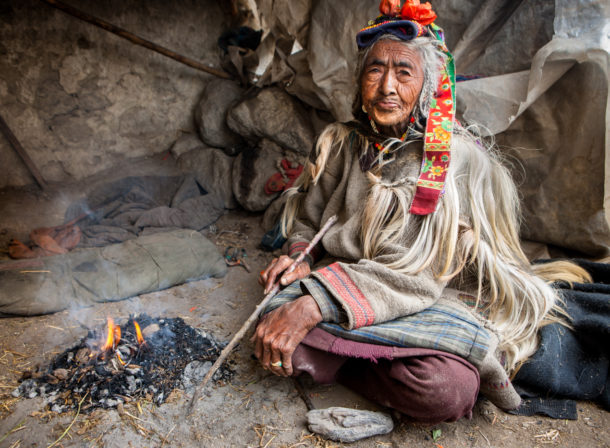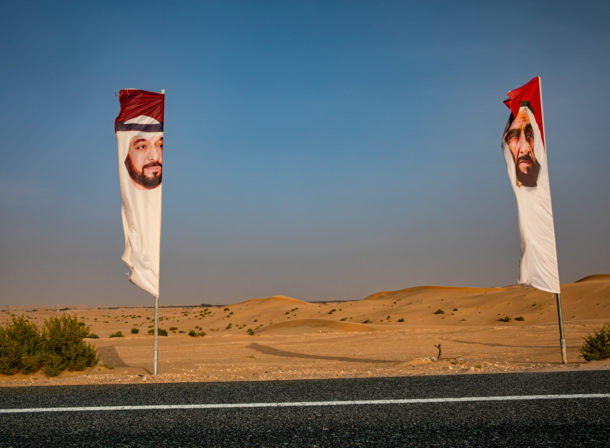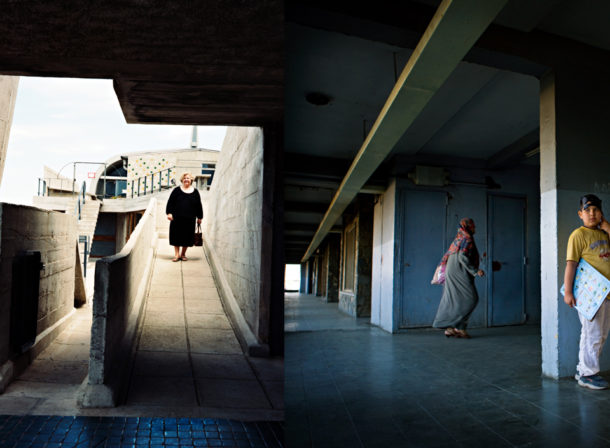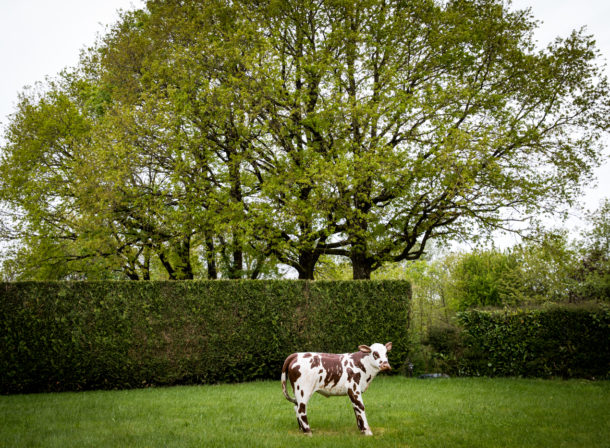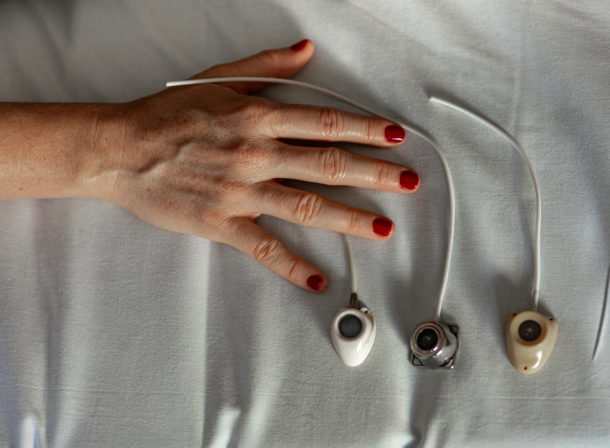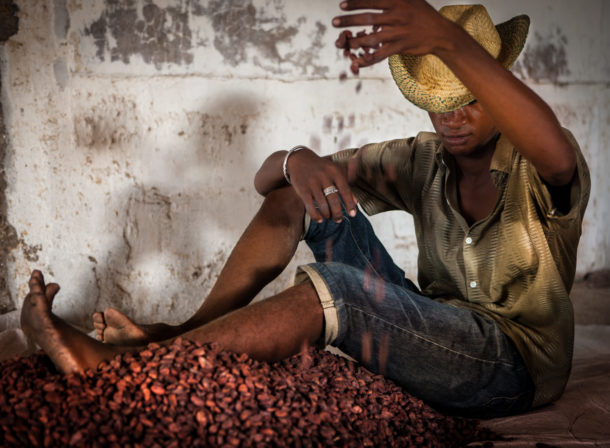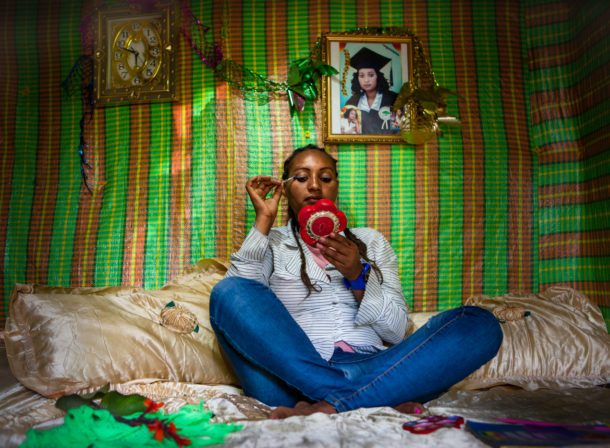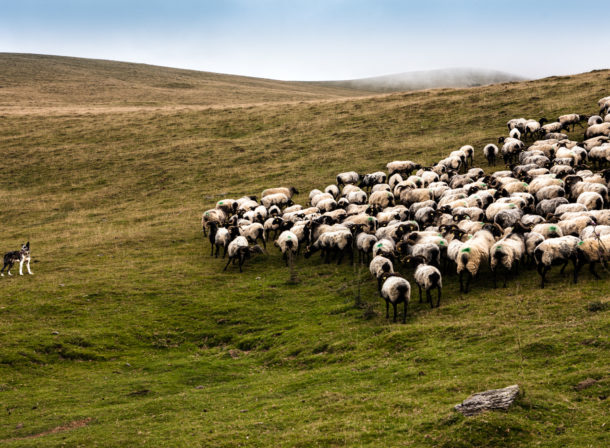For women in Ouessant, modernity has not erased a long tradition of isolation, one of very codified collective organization and more or less affirmed rejection of everything that came from elsewhere.
Ouessant is located at the extreme western tip of Brittany, the last land before America, and deserves the description of an island at the end of the world. It is a real island. Dangerous currents, separating the island from the Grande Terre, traverse the twenty kilometers of sea bristling with islets and reefs. Ouessant (Enez Eussa in Breton) has long been an almost perfect isolate where a singular culture developed.
The men set off to sail far away in the Royal Navy, and later on in the Merchant Navy. Women had to cover an area of 1550 hectares (7 km long and 3.5 wide) to meet all the needs of a society that reached 3000 inhabitants in 1900.
Nomadic men and women farmers who, working together on their mini farms, have had to ensure for centuries that each household had "enough food, clothing and know how to make a fire".
The Ouessantine was the mistress of the island economy, responsible for family heritage and organizer of social relations. The following saying goes to prove it, and despite appearances, things have not fundamentally changed today. “Krog pa gavi, ne vezo ket pep hini” which means “Bite in it if you can, there won't be enough for all”. This is the recommendation that was made to young girls who were not yet married. In Ouessant, it was the girls who took the initiative making the first steps towards a boy.
If today horses are bred for leisure, it was not as such in the past. Families who had a small, sturdy and unshod horse were privileged. Harnessed to a narrow cart, driven by women and young girls, it was used to bring back wreck seaweed which, collected in the shores, was used to fatten the fields, to transport ferns, gorse, clods detached from coastal areas. Then dried and placed around the pot, fueled the stewing of potatoes, peas and stew on feast days.
Sober and all similar, the Ouessantine farms are composed of a building of about 12 meters by 6 meters and generally adjoining a penty (small Breton house located outside from a village, often by the sea, characterized by its sloping roof covered with slate). In front of the house, the threshing floor, around it, a few nurseries and a small shed for the cart. The granite needed for their construction was extracted from a nearby quarry. The women carried the stones on their head, in a large wicker basket to the foot of the construction site, only to have to pay the mason and the frame, which often incorporated wreckage.
Jeanne and her bicycle It is in a strong wind and stormy sky that Jeanne rides to the village on a "pedal bike" to attend Sunday mass. Elegant as always, she is dressed in a three-quarter length coat with a fur collar and ankle boots with heels. But make no mistake! She is a determined woman, with a high verb, who participated in multiple demonstrations to prevent the installation of a helicopter base in 1968. "No hornets on our gorse", for the construction of a new boat, to hinder the disembarkation of Basque protesters in 1981, whom the government wanted to place there in supervised detention… When she was young, she did not hesitate to join her husband, the boatswain, on his cargo ship in Dunkirk, Antwerp or Hamburg.
Jeanne poses in full costume For mass, pardons, weddings, the costume is extremely refined. Essentially made up of pieces of fabric separated and assembled with pins, it is entirely embroidered by women, on high quality silks, often brought back by sailors from China or Japan. The white part of the pleated top, held by pearly-headed pins, illuminates the moiré black fabric. Jeanne, gloved, upright, and without ostentation, with a restrained and almost tender gesture, pushes her apron away from her body to play the full and empty spaces of the embroidery against the backlight of the window.
The sea brought the wrecks Shipwrecks are still numerous in this dangerous navigation zone. So the sea still continues to bring to the coast some of the unstacked cargoes as well as the wreckage that everyone is eager to recover, more out of play than out of necessity. Goods oh so precious in the context of the economy of generalized shortage of yesteryear, wood, boxes of flour, barrels of wine and liquors, clothes, boat furniture ... Everything that we called pense was harpooned with fangs, without respect for any law, being considered as gifts of providence. Especially the wood that had to be hurried up to the top of the beach before the next tide picked it up. If the piece was very large, the "owner" would put a heavy stone or plank on it, a sign that he was going to come back and pick it up with help or a cart.
Marianne poses in the courtyard of her "farm" Marianne is the perfect example of the woman farmer. She never left her "farm". In her youth, it was to house not only the family, often very large since three generations lived there, but also the products of culture, breeding, fishing (salted fish), collected for the winter, as well as the tools. As for the crib in front of which it stands here, it is the only survivor of a group of small constructions linked to breeding. One for the pig, the other for the cow when it calves and possibly a third for the horse. In fact, these nurseries were of little use since here the animals are outside all year round; in vain in winter, at the tether from February to September, although very simplified a rhythm maintained to this day.
The small window No need for large windows to see clearly. Between closed beds and dressers, the light is channeled just where it is needed, that is to say on the two tables which face each other on either side of a central corridor which is perpendicular to them. There is also no need to heat in winter or ventilate in summer, the thickness of the walls acts as a free thermal insulator. Finally, on the facade of the house with its small openings, storms have little impact and, from inside, you can watch without being seen the visitor who is silhouetted against the courtyard gate. Perhaps the architects of sustainable development have a few lessons to learn here ...
Françoise visiting a neighbor. Now let’s push open the door of a Ouessantine house and listen to Françoise, who has worked all her life on the family “farm”: “I liked that. As proof, I raised sheep until I was 70 years old. I still have chickens and I do my garden every day. Now that she's in her 80s, she plays cards, fills in magazine puns, and meets up with fellow alumni twice a week. Sometimes she goes for a drink at a neighbor. Every day she opens and closes the Notre-Dame-du-Bon-Voyage chapel, near her house. She likes to comment on the stained glass windows to tourists and take them a little further to the Saint-Gildas fountain "because they don't know that the saint is there in his cave".
The alumni club Twice a week, the Ouessantines meet at the old women's club around a cup of tea, to play cards, knit, joke, make fun ... These moments remind them a little of the evenings of yesteryear devoted to spinning and knitting of the wool of their sheep so useful to warm a shawl tied on the work clothes or big stockings during the work in the fields. Without forgetting the begen (points): slippers that were slipped into the clogs.
Malou Coop and her husband He, a commercial sailor, has traveled around the world many times on large freighters going from port to port. Childless, Malou often accompanied him when he made traveled to the West Indies. But the trip has sometimes lost its allure of a beautiful cruise at the crossroads of a tropical storm! Malou was the manager of the fishermen's cooperative for twenty years. She emphasizes with characteristic humor: "There was no communication such as today, decisions had to be made without waiting for the husbands to return. "
The vast majority of young people leave the island to go to the mainland to study or work. The eldest do not see of a good eye any changes on the island, which is contrary to the rather strict traditions of the time. For example, a nightclub was closed because the elders would complain of nuisance and bad company.
Saint-Pol-Aurélien, the only church in Ouessant located in the village of Lampaul. In the life of these old ladies, religion holds a very important place.
The port of Lampaul Paradoxically, Ouessant is an island without a port. The historic port of Lampaul is but a beaching site, modest and precarious shelter, dry at low tide. The old courier boat was therefore often forced to stay at anchor in the bay and transfer its passengers by means of a tender. This also explains why fishing has remained a secondary activity in Ouessant despite the surrounding fish-rich seabed.
Carole Coming to Chez Carole means enjoying a moment of calm in an intimate setting to taste your pancakes. Her father was a fisherman, so she saw him very little. Now she can finally spend time with him.
The Morin family: a family of fishermen The father, François Morin, is part of the last generation of merchant sailors who have toured the world. A life full of adventures since, among other things, he contributed to the rescue of the “boat people” in South-East Asia in the 1980s. When he retired, he practiced recreational fishing off the most dangerous coast of the island, the point of Pern. He passed on his knowledge to his daughter, who has her license of fishing boss, and to her son-in-law who teams up with her. Ondine, also a guide, lecturer and journalist, is keen to share the love of her island with devotees around the world.
The rocks near the Creac’h Where visitors only see curious rocks to climb, the Ouessantines remembered old legends. Through the crow-man, the swan-woman, the viltansous (korrigans: evil beings hidden in caves), seen in such and such a place ... The places spoke to them and transmitted to them the wisdom necessary for life on the island . The women were particularly afraid of paotr ar vrummen, the guy who raises the mist by whipping the sea with his broom twig so that all of a sudden you can't see anything. Young girls taken in this way were advised by their mothers to sit down immediately on the grass and not move while waiting for the day!

















